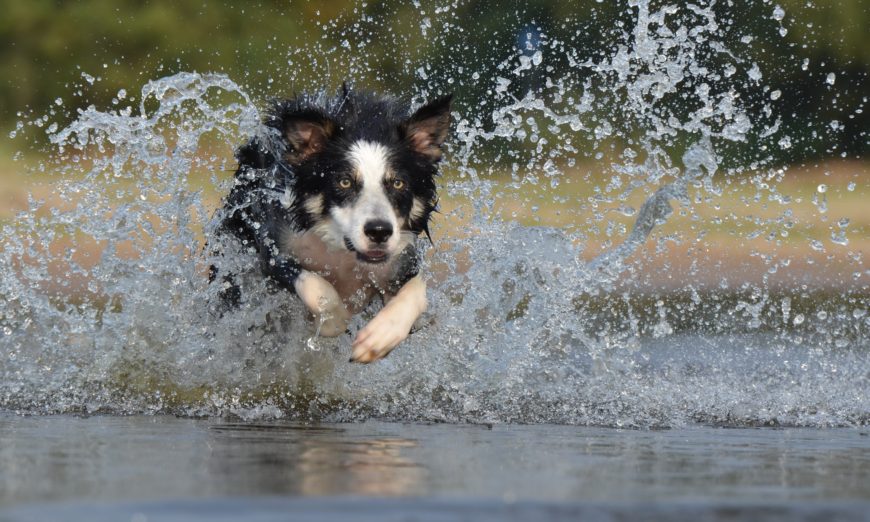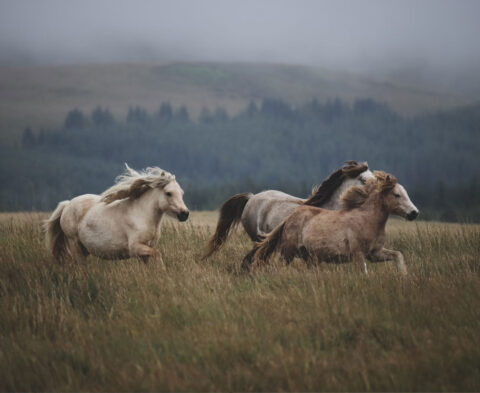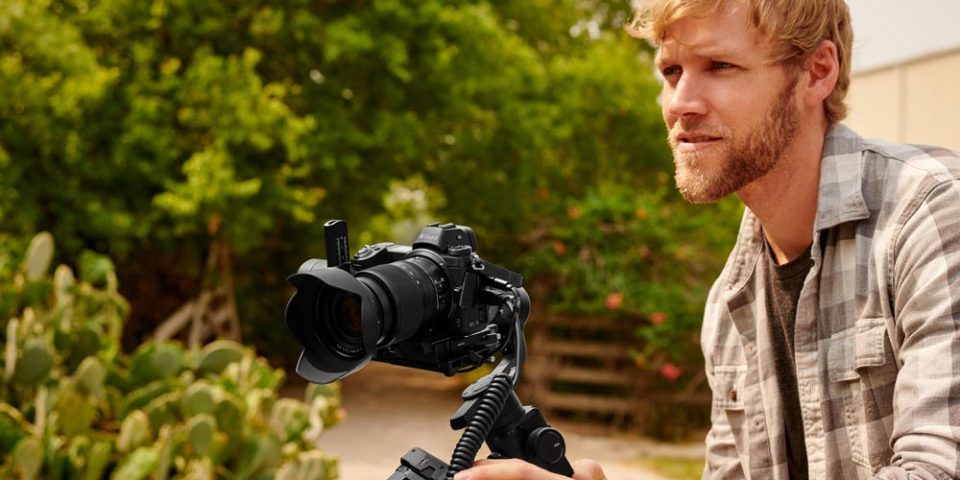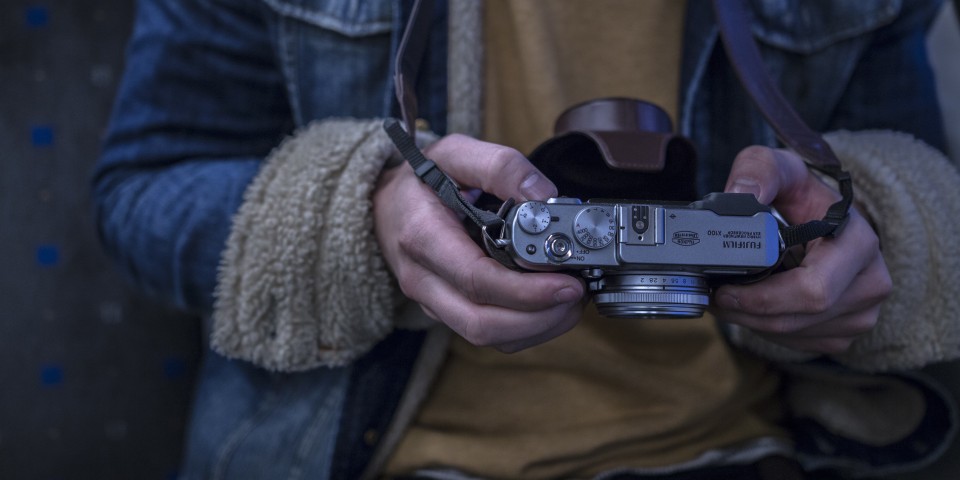Autofocus is a joy. It helps us get sharper images more quickly and is often faster in low light than the human eye can be. This tip takes you beyond full auto, to exercise more creative control as well as to take command of the camera.
How Does It Work?
Many cameras use contrast as the means to achieve autofocus. Thus, for autofocus to work, there must be contrast in the subject matter. If you are shooting a plain white wall, autofocus is likely to fail, but if the subject is a stuccoed ceiling, you could be surprised at how well it works. Some cameras use an additional or alternative method called phase detection. This literally measures phase shift in reflected light to achieve proper focus. It is very powerful, but more expensive to produce and highly demanding of the camera processor.
In either case, we can typically achieve accurate focus very quickly.
Focus Points
Manufacturers want focus to be accurate and quick so the trend has been to add more and more focus points. In full auto focus, this can be quite advantageous, but the number of focus points is sometimes interpreted to imply that due to an increase in number, the camera can focus simultaneously on different subjects at different distances. This is not accurate. A camera can focus on a single plane of focus at a time. Small sensored cameras depend upon increased depth of field so their autofocus does not need to be as accurate. The larger the sensor, the more particular the autofocus must be.
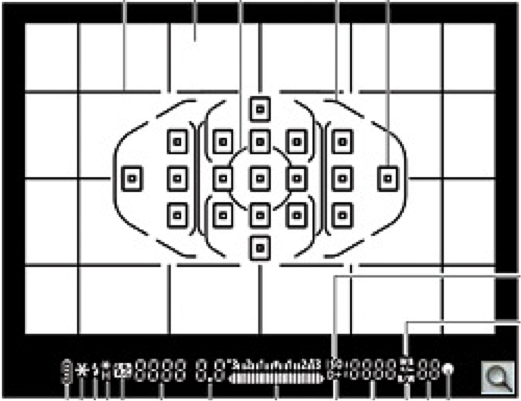
Figure 1 : A general AF point layout. Full area, groups and single point options are available
What Gets Selected
Camera autofocus, in full auto mode, has a program to help the camera pick the most likely subject to focus on. This is commonly the brightest element of the scene as well as the closest element. In many occasions, this works just fine, but the photographer has no real control over what the camera focuses on. When the subject is not what the autofocus system selects, frustration ensues.
Alternative Focus Modes
Manufacturers then offered the user options. First offered was the ability to select a single point and use that for focus. Then came groups of points so the user did not have to be quite so selective, or for subjects that were moving gently. The premise added a joystick or pad to allow the photographer to move the focus selection amongst many of the focus points that the camera provided to make the best possible selection. Much is made of this ability to manipulate which focus points are used for focus. As the number of focus points increases, this sounds like a better and better deal.
And it can be. This can work well if the owner is well prepared to use the focus point selector quickly and without removing the eye from the viewfinder, and if the subject is not shifting position. What we discover, is that this method is challenging if the camera position and composition is not well controlled. A camera on a tripod benefits from this method enormously. Too often, when used handheld, the composition, the subject and the photographer suffer as we are trying to manipulate too many things in real time.
FLRS
I created the acronym FLRS (pronounced FLOORS) to make focusing a snap. It is based on the methodology used by most professional photographers working handheld.
- Set your camera to single point autofocus
- Select the focus point at the centre of the autofocus field
- Drop the focus point on your subject and press halfway on the shutter button. This causes focusing.
- Maintain pressure halfway down on the shutter release. This locks the focus for your subject
- While maintaining pressure, change the camera orientation to achieve the composition that you desire. This is the recompose from dead centre to a more pleasant orientation
- Once you have the composition desired, press the shutter button and complete the exposure. Effectively, you have made the shot
And that is FLRS; focus, lock, recompose, shoot. It’s a commonly used method. Unless our cameras are locked down, we will be unlikely to use joysticks to select specific focus points and try to shoot that way. The time spent moving focus points around and getting the right one, often creates a Unicorn moment.
A Unicorn moment occurs when you are futzing around with settings, a Unicorn appears, gets bored waiting for you to get your settings right, and vanishes. It could be the right gesture in wildlife, the perfect expression on a child’s face or the crossing of the finish or goal line in sports.
What is Back Button Focus
Back button focus is different from back focusing. The first is a method, the second is a flaw. Many cameras have a button falling under or near the right thumb on the back of the camera that can control the activation of the autofocus engine. Sometimes labeled as AF-On or AF-L it can be a quick and handy way to activate and lock the autofocus point on a particular subject. If your camera does not have a dedicated button, it may be programmable to activate a button to do this. This means that you do not need to be pressing the shutter to achieve focus lock. Handy. What I do recommend if you use this is to go into the menu system and deactivate focus start from the shutter button. If you do not, when you do press the shutter button, the camera will refocus and if you have already recomposed you may lose the focus that you have set. Deactivating this is typically a custom button setting, so check your manual on how to do it.
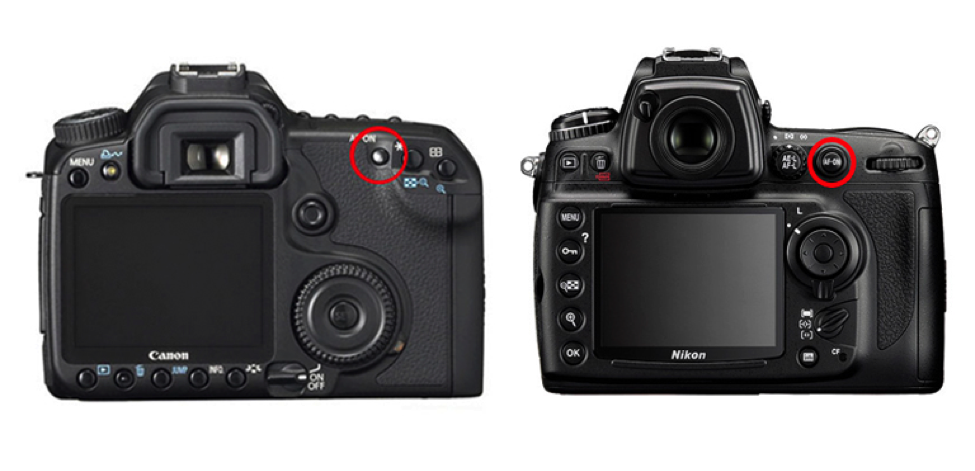
Figure 2 : Examples of buttons on cameras set to perform back button focus
Step Out of Full Auto
Full auto, also known as area focus, can be very handy for snapshots or when everything is at the same distance. While I never use it, it can be helpful to some folks. Unless I am shooting fast sports in continuous autofocus operation, where I will use a small group of focus points to counter my own movement errors, I only shoot with a single focus point, the one in the middle. I’m certainly not leveraging all the focus points that manufacturers offer me, but I very rarely miss focus because I have trained myself in FLRS. If you suffer autofocus frustration from time to time, try stepping out of full auto and try FLRS. Practice for 15 minutes, four times over the course of a couple of weeks and you will have it nailed down.
Until next time, peace.
